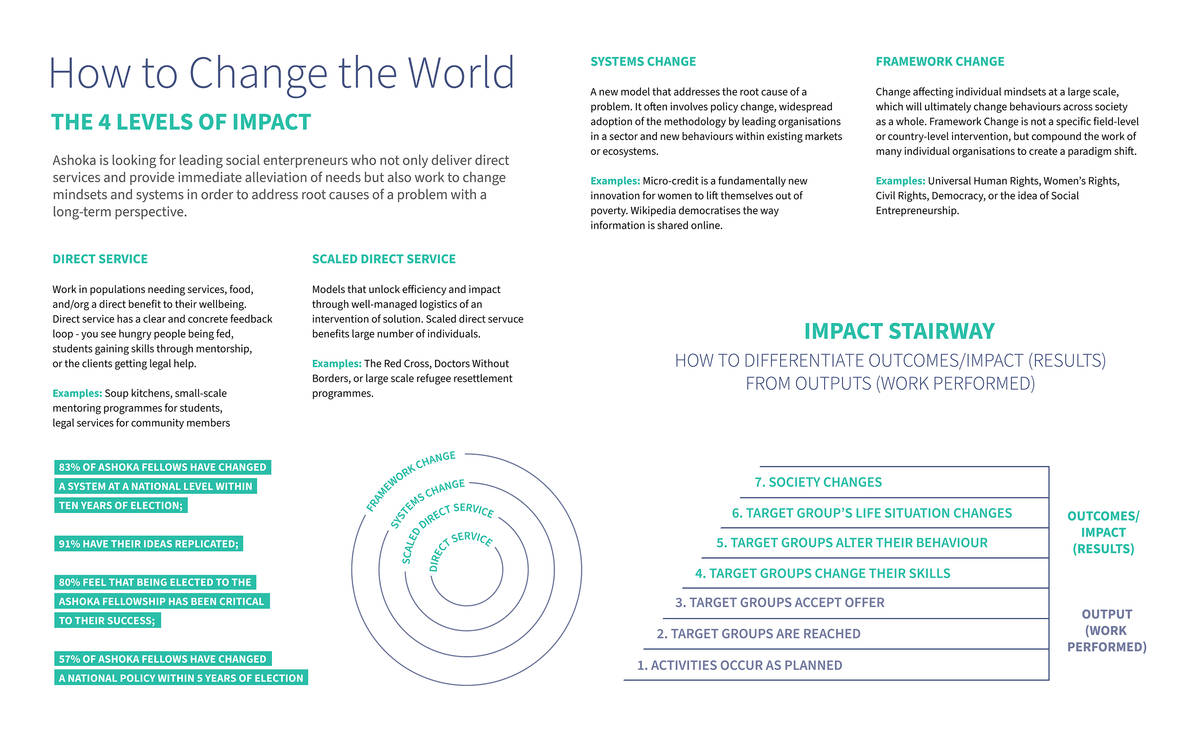Critical Position Identification: A Catalyst for Effective Competency Mapping
Imagine the intricate harmony of an orchestra, where each musician's precise notes blend to create a symphony. The Indian Railways, often hailed as the lifeline of the nation, operates as a colossal symphony, connecting millions of passengers and facilitating the transportation of essential goods across the country. Within this grand ensemble, critical positions within the Ministry of Railways serve as the maestros, orchestrating the seamless operation of this system. With a staggering workforce of over 1.1 million employees, the Ministry relies on critical positions such as Station Masters, Train Controllers, Locomotive Engineers, and Safety Inspectors, who form the backbone of this railway symphony. Their dedicated duties, ranging from ensuring smooth train operations and maintaining safety standards to optimising logistics and enhancing customer experience, are instrumental in achieving the Ministry's mission of providing safe, efficient, and reliable rail transportation services.
Identifying critical positions within any MDO is therefore not only a fundamental step but also a strategic necessity in the competency mapping journey. Competency mapping, the process of identifying and assessing the required competencies for a position, is an intensive and complex endeavour. However, by starting the process with these critical maestros in the MDO’s citizen-centric symphony, one can achieve quick operational success and showcase the tangible benefits of the exercise. These key positions, with their specialised expertise and pivotal responsibilities, will demonstrate the transformative power of aligning competencies with job roles. The success story then becomes a compelling model to emulate and scale, fostering a culture of competency-driven excellence throughout the MDO.
The Position Identification and Prioritisation (PIP) tool offers a robust and objective approach to navigate the intricacies of an MDO’s complex organisational structure, and provides a systematic and research-driven method to identify the key positions that directly contribute to the achievement of goals and objectives. While traditional approaches, such as goal setting and visioning, play a pivotal role in identifying critical positions, the PIP tool offers a complementary approach that can be leveraged in parallel to the visioning exercise. By assessing the positions across various levels of impact, the tool tests the potential of each role to drive the ministry's success.

In picture: Four Levels of Impact, from the Everyone A Changemaker initiative of Ashoka
The PIP framework has a four step process to identify critical positions:
- A preliminary meeting is held with the senior leadership of the MDO to shine a spotlight on its immediate and long term priorities and key programs.
- Next, through secondary research, the tool delves into these programs, unravelling the key processes and positions using the RACI matrix. The RACI matrix enhances the competency mapping exercise by providing a framework to define and allocate roles and responsibilities. It eliminates ambiguity by clearly identifying who is Responsible, Accountable, Consulted, and Informed, and renders a clear point of view on which positions are most leveraged to perform a set of activities or tasks.
- The tool further classifies these positions into the four levels of impact - direct service, scaled direct service, systems change and framework change, adapted from the Everyone a Changemaker initiative of Ashoka. This classification is crucial as it recognizes that reform seldom happens at one level; different positions play vital roles at different levels of the ministry's operations. Take the case of the Urban Governance landscape in Odisha, where different positions collaborate to drive ground-level reform. Urban planners in the Housing and Urban Development Department develop comprehensive plans, while building inspectors in the wards enforce codes. Municipal engineers in the Urban Local Bodies oversee infrastructure projects, and town planners in districts provide strategic guidance. Policy analysts in the Union Housing Ministry analyse and recommend reforms, while the Director, Municipal Administration ensures efficient resource allocation. Together, they create sustainable, inclusive urban environments through effective collaboration. The framework helps identify the most instrumental positions across each level of impact, and ensures that the first bouquet of positions is most representative of the complex hierarchy.
- Finally, all the gathered insights are consolidated in an evaluation matrix. Positions are evaluated and assigned priority levels, such as low, medium, or high, based on their significance to the ministry's success.

In picture: A RACI matrix designed for the engagement with the Department of Housing and Urban Development, Government of Odisha
The PIP tool fosters a culture of active engagement among project teams, who stand to gain a comprehensive perspective on the operations and responsibilities of the MDO. The exercise allows the implementing agency and the MDO to co-identify critical positions through an iterative and objective approach. It also feeds into the later part of the competency mapping exercise; for instance, the RACI matrix can help align activities to the Bloom’s Taxonomy of Action Verbs, eventually helping assign proficiency levels to the identified competencies. It accelerates the overall outcomes, enabling ministries to fast-track their competency mapping journey, fostering efficiency and organisational success.

.jpg)

Add new comment